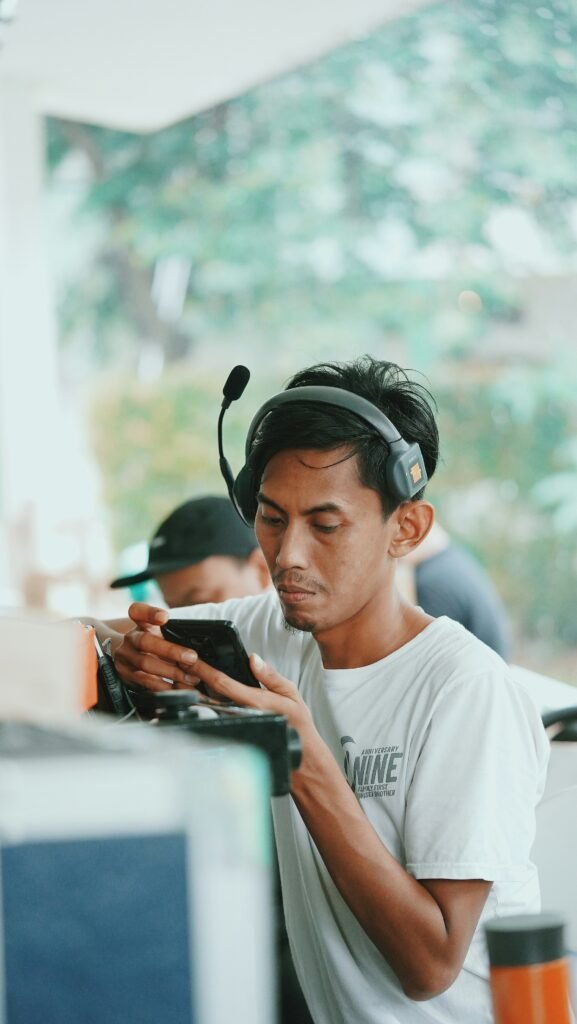AI just helped make old cells young again, marking a pivotal leap in longevity research and synthetic biology. In a recent Silicon Valley initiative, OpenAI joined forces with Retro Biosciences to radically transform the way scientists approach regenerative medicine. Their collaboration not only accelerated cell reprogramming but also redefined what’s possible in the world of protein engineering. Here’s how this AI-powered breakthrough is reshaping the future of health and aging.
How AI pioneered regenerative medicine’s new era
The partnership between OpenAI and Retro Biosciences signals a new chapter for regenerative medicine. Using a downsized AI model known as GPT-4b micro, their team tackled one of biology’s most challenging problems: how to make adult cells behave like young, repair-ready stem cells. This AI system doesn’t just crunch numbers—it analyzes protein sequences, relevant scientific literature, and even intricate 3D structures to synthesize novel solutions. The result? AI can engineer proteins such as Yamanaka factors with unprecedented efficiency, sparking hope for evolving treatments targeting age-related decline.
Advanced protein engineering with GPT-4b micro
Harnessing the specialized capabilities of GPT-4b micro, researchers redesigned the famed Yamanaka factors—proteins known for reprogramming mature cells into pluripotent stem cells. Normally, this process is painfully slow and inefficient, with reprogramming rates under 0.1% and timelines stretching over weeks. The AI-designed protein variant changed the game, achieving a 50-fold increase in efficiency within controlled laboratory settings. These advancements suggest that the fusion of AI and synthetic biology could dramatically speed up discovery cycles in longevity research.
Retro Biosciences: Accelerating longevity research
Retro Biosciences, a next-generation longevity research startup, stands at the heart of this scientific milestone. By integrating AI-driven synthetic biology, Retro Biosciences drastically reduced research timelines that conventionally relied on slow, trial-and-error experimentation. The startup’s close alignment with OpenAI enabled faster iteration, smarter design, and deeper exploration into the cellular mechanisms of aging. For investors, scientists, and health-tech enthusiasts, Retro Biosciences exemplifies how real innovation is emerging at the crossroads of advanced computation and biology.
Yamanaka factors remade: Why this matters
For years, Yamanaka factors have been biology’s torchbearer in the quest for cellular rejuvenation. What’s new? AI can now intelligently redesign these vital proteins, resulting in old cells rejuvenating and improving DNA repair more effectively. Lab results from recent experiments showed not just better stem cell marker expression, but also faster and more precise DNA recovery—outcomes that could lay the groundwork for future therapies aimed at age-related degenerative diseases.
From synthetic biology to real-world impact
This leap in synthetic biology isn’t just a theoretical win. With proof-of-concept validation in labs, AI just helped make old cells young again—at least at the cellular level. While these findings are not yet ready for clinical application, they provide a blueprint for how machine learning can create next-gen tools to fight aging and disease. The project’s transparent approach encourages peer review and open replication, addressing biosecurity concerns and supporting community-driven progress.
The road ahead: Risks, ethics, and promise
While the AI-powered design of therapeutically significant proteins is promising, researchers caution that these results are early-stage and experimental. Ethically, questions remain about the long-term impacts, potential misuse, and the broader societal implications of rejuvenating technology. The community’s openness—making results and methodologies public—sets a precedent for responsible innovation in synthetic biology and regenerative medicine.
Frequently asked questions about AI just helped make old cells young again (FAQ)
What exactly did the AI do to make old cells young again?
AI, specifically GPT-4b micro, designed improved Yamanaka factor protein variants, significantly enhancing cell reprogramming efficiency and DNA repair in old cells during lab experiments.
Who are the main players involved in this breakthrough?
OpenAI provided the AI technology, while Retro Biosciences led laboratory validation and longevity-focused research.
Is this technology ready for medical use?
No, it’s still at the proof-of-concept stage in lab settings. Much more testing and regulatory approval are required before any clinical applications.
Why is this advancement important to longevity research?
It could dramatically shorten drug development pipelines and help researchers discover more effective anti-aging therapies by rapidly iterating on protein engineering.
Are there any risks or ethical concerns with this approach?
Yes. The rapid pace of AI-driven synthetic biology raises biosecurity, safety, and ethical questions, which the research team addresses by promoting transparency and community engagement.



